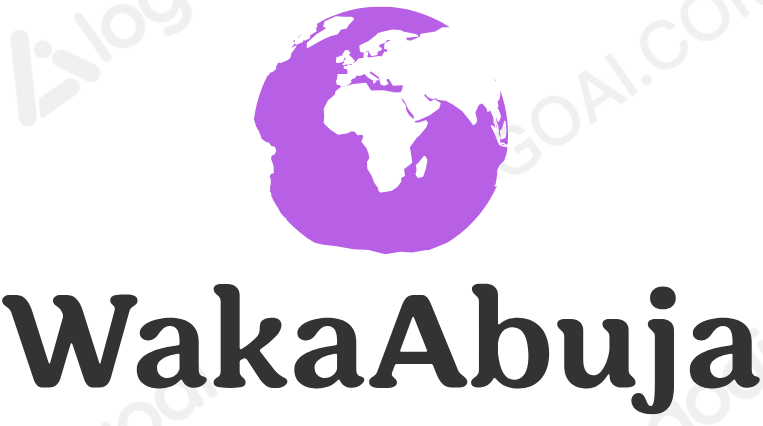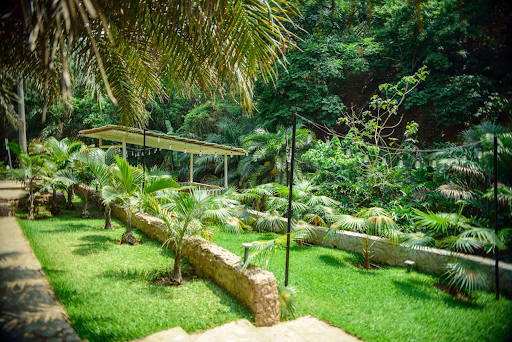Nigeria’s thriving capital, Abuja, blends urban energy with serene landscapes. There is, however, one topic that has a significant impact on daily life here: electricity. The Abuja Electricity Distribution Company (AEDC) divides the city into different tariff bands, with Band E typically associated with areas with fewer hours of electricity. I will take you on a comprehensive tour of the Band E areas in Abuja, explaining what it means for residents and offering insider insights.
Key Takeaways
- AEDC Band E areas offer affordable electricity but require adaptability due to inconsistent supply.
- Exploring renewable energy options can significantly improve the quality of life in these areas.
- Community spirit and resilience are defining characteristics of Band E neighborhoods.
What is AEDC Band E?
AEDC categorizes areas into bands (A to E) based on the quality and duration of electricity supply. Band E areas, unfortunately, receive the least electricity supply, often falling below 12 hours daily. These areas typically pay the lowest tariffs compared to higher bands like A or B. This categorization directly impacts living standards, infrastructure, and even property values.
Complete List of AEDC Band E Areas in Abuja
The following table provides a detailed list of AEDC Band E areas in Abuja, along with current tariff rates and an average electricity supply rating:
| Area | Tariff (₦/kWh) | Average Daily Supply | Ratings by Residents (1-5) |
|---|---|---|---|
| Karimo | ₦23.38 | 6-10 hours | 2.8 |
| Karmo | ₦23.38 | 6-10 hours | 3.0 |
| Lugbe | ₦23.38 | 8-12 hours | 3.5 |
| Dei-Dei | ₦23.38 | 5-9 hours | 2.5 |
| Gwagwalada | ₦23.38 | 8-10 hours | 3.2 |
| Mpape | ₦23.38 | 5-8 hours | 2.7 |
List of Areas in Band E
| Business Unit | Feeder Name | Service Band | Cap (kWh) |
|---|---|---|---|
| Abaji Area Office | GW_L35_L3_FD2 | E | 140 |
| Abaji Area Office | GW_L35_L4_FD2 | E | 94 |
| Abaji Area Office | GW_L35_PL_PL | E | 90 |
| Ado | AT9_K4_J22_FD2 | E | 155 |
| Ado | AT9_K4_J22_FD3 | E | 109 |
| Ado | AT9_K4_J22_FD4 | E | 107 |
| Ado | AT9_K5_J32_FD2 | E | 108 |
| Ado | AT9_K5_J32_FD7 | E | 99 |
| Ado | AT9_K5_J32_FD8 | E | 108 |
| Akwanga | AT7_FDR 3(WATERBOARD)_PL_PL | E | 126 |
| Akwanga | AT7_FDR 3(WATERBOARD)_PL_PL | E | 125 |
| Idah | AJAOKUTA_ANYINGBA/IDAH_PL_PL | E | 97 |
“Living in a Band E Area: My Personal Experience”
Living in Lugbe, a prominent Band E area, has taught me the art of adaptation. The unpredictable power supply means one must rely heavily on alternatives like generators or inverters. I remember one particular evening when my friends and I planned a movie night at my place, only for the electricity to disappear mid-preparations. We ended up using a small generator to power a single lightbulb and enjoyed the night reminiscing about childhood stories instead.
While it may sound like a challenge, these experiences have a way of bringing people closer. Conversations grow richer, and you truly learn to appreciate the simpler things in life.
Key Features of AEDC Band E Areas
- Affordable Electricity Tariffs: Band E areas pay the lowest tariffs, which can be a relief for budget-conscious households.
- Lower Supply Durations: Residents must plan daily activities around the inconsistent supply.
- Community Resilience: Strong community ties often form as residents share resources like generators or solar panels.
Pros and Cons of Living in Band E Areas
| Pros | Cons |
|---|---|
| Affordable electricity costs | Unpredictable power supply |
| Opportunities to embrace renewable energy | Limited infrastructural development |
| Stronger community connections | Impacts on lifestyle and business operations |
FAQs About AEDC Band E Areas
Q: Can Band E areas upgrade to higher bands?
A: Yes, if the electricity supply improves significantly and meets AEDC’s criteria, areas can be reclassified to a higher band.
Q: What alternatives to grid electricity are available?
A: Solar panels, inverters, and backup generators are popular alternatives in Band E areas.
Q: How can I check my area’s AEDC band?
A: Visit the AEDC website or contact their customer service for the latest updates.
For those navigating life in Abuja’s Band E areas, resilience and resourcefulness are key. Whether you’re planning to move or simply curious, understanding these dynamics offers valuable insights into life in Nigeria’s capital.
Looking for ways to optimize energy use in Band E areas? Check out this guide on renewable energy or visit AEDC’s official website for more details.




